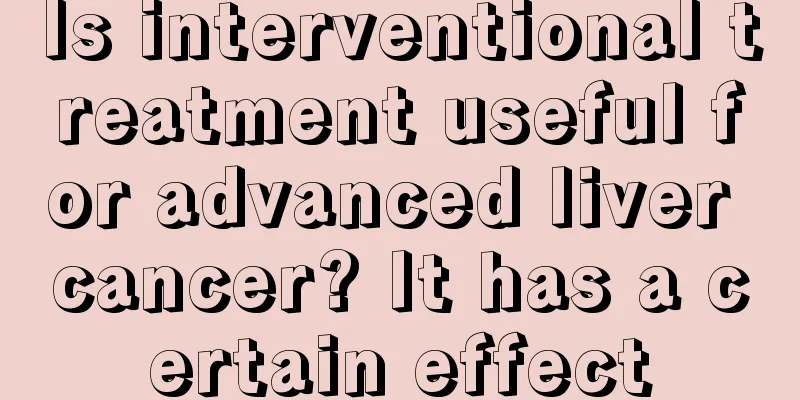What diseases can be caused by vitamin A deficiency?

|
Vitamin A deficiency Vitamin A is an important condition that is indispensable to the human body. Vitamin A deficiency will cause the following symptoms: Eye symptoms The earliest symptoms are blurred vision in dark environments, difficulty in orientation, and night blindness, which can be easily overlooked without careful examination. After several weeks to months, the conjunctiva and cornea gradually lose their luster and become abnormally dry if exposed to air for a short time. The conjunctiva close to the cornea on both sides changes first, becoming dry and wrinkled, and the keratin epithelium gradually becomes regular, forming white spots of varying sizes that resemble foam, which are called conjunctival dry spots, also known as Bitot's spots. At this time, the epithelial cells of the lacrimal gland degenerate, tear secretion decreases, and the lacrimal gland ducts are blocked by shed epithelial cells, resulting in even fewer tears. The children are afraid of light, feel dry and uncomfortable eyes, have eye pain, a feeling of sand being crushed in the eyes, and often blink or rub their eyes with their hands, which can easily lead to secondary infection. The cornea gradually becomes dry, cloudy, develops white opacities and softens. As the disease progresses, the cornea may ulcerate, and necrosis, perforation, iris detachment and corneal scarring may occur within a few days to weeks, eventually leading to blindness. The retina also has lesions and the fundus becomes dry. Both eyes usually become affected at the same time, sometimes one eye at a time. Unilateral disease is only occasionally seen. Although eye symptoms appear early in most cases, they often appear after other symptoms in older children. Skin manifestations Dry skin, hyperkeratosis and desquamation. Keratin fills the hair follicle cavity and protrudes from the epidermis, so it feels like goose bumps or rough sand when touched. It is most obvious on the extensor side of the limbs and shoulders. This symptom is rarely seen in infants under 4 years old. In addition, the nails may have many lines, lose their luster, break, and the hair may be dry and easy to fall off. Other manifestations Due to the proliferation and keratinization of the respiratory and urinary tract epithelium and the decline in immune function when vitamin A is deficient, it is easy to cause secondary respiratory tract infection and pyuria. The taste buds on the tongue lose their taste function due to epithelial keratinization, which affects appetite and some children may vomit. Physical retardation may be seen in infancy and childhood. Severe vitamin A deficiency can lead to poor blood cell production and anemia, which cannot be corrected by adequate iron treatment. There are reports that young infants may choke on milk, but the symptoms can be controlled after adding vitamin A. complication Systemic symptoms of vitamin A deficiency include weight loss, dry skin, loss of elasticity, hoarseness, etc. If infection occurs, it may develop into panophthalmitis and eventually lead to blindness. |
<<: Which three vitamins should I take for hair loss?
>>: Six taboos when taking vitamin b1
Recommend
There is a white layer of skin after tattoo
It is common to see young people with tattoos of ...
What diseases can hemp seed cure
Purslane is actually what people often call pursl...
How to treat burn wounds
Burns are common in life. Unlike other injuries, ...
Can portal vein cancer thrombosis in liver cancer be cured?
Can portal vein thrombosis with liver cancer be c...
Symptoms of Pythagoritis
In the early stages of Pythagorean inflammation, ...
Sore throat, bronchitis, blood in sputum, good doctor
There are many cases of pharyngitis and bronchiti...
What to do if the knife is rusted? Here are 5 ways to prevent kitchen knives from rusting
No matter what iron tool you use, you will encoun...
It’s autumn now. What should I do if my clothes become moldy and smell?
A piece of synthetic clothing is moldy You can us...
What to do if you have a lot of dandruff in spring
Since our skin is drier in spring, it is very com...
Summer cold recipes
I don’t know if you have ever experienced catchin...
What are the manifestations of prostate cancer in ultrasound examination? Prostate cancer examination items
The number of patients suffering from prostate ca...
Recipes for three kinds of health tea
When drinking tea, drink health-preserving tea. A...
Several effective methods to prevent lymphoma
As far as lymphoma is concerned, the effect of pr...
Don’t do 14 stupid things when taking care of your hair
Having black and shiny hair is everyone's dre...
How can the elderly prevent pancreatic cancer
The elderly are at high risk of pancreatic cancer...









